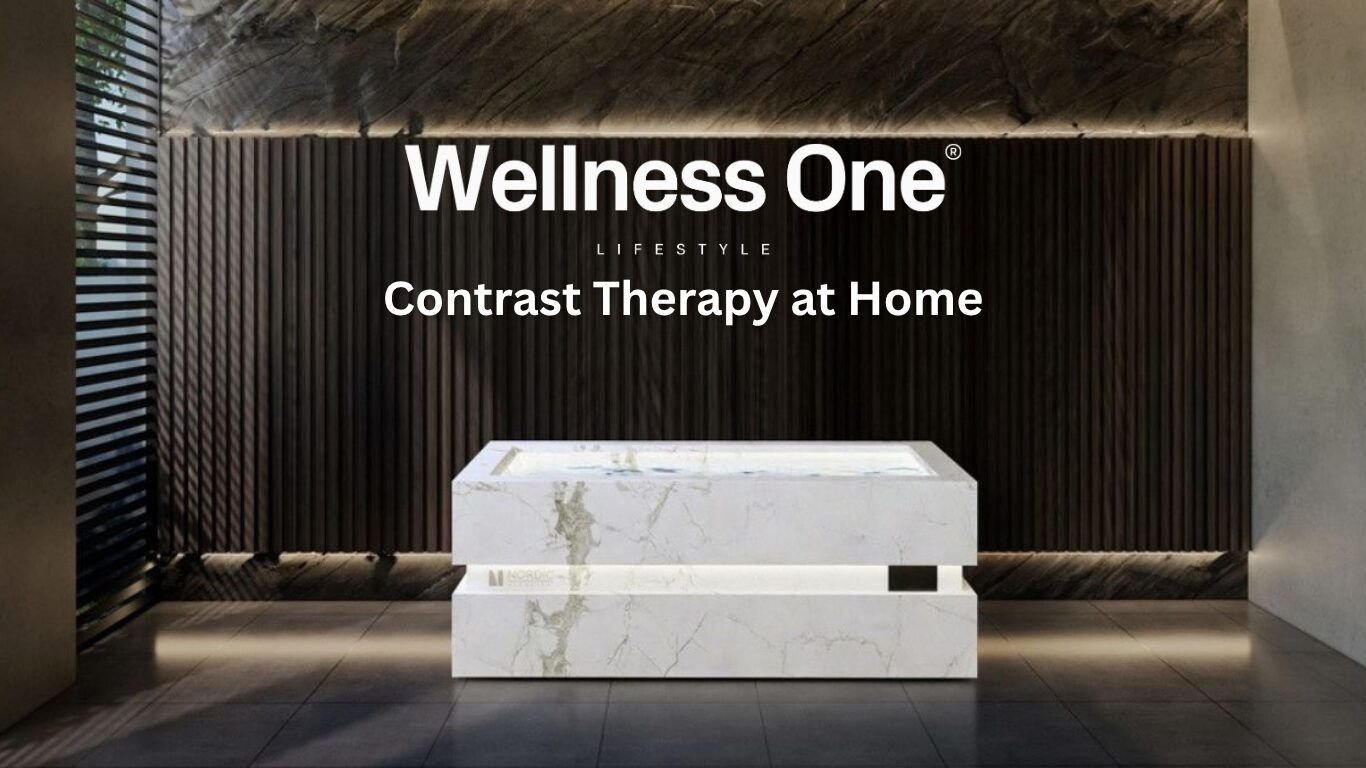When people think of wellness retreats, they often picture remote spa destinations or Scandinavian cabins. But with the right setup, the same restorative power of sauna therapy can exist within your own home. Indoor saunas are not just a luxury, they are a scientifically supported tool for health and recovery.
This article explores what the research says about saunas and how modern indoor installations bring those benefits into daily life.
Sauna Use and Cardiovascular Health
Regular sauna use has been associated with improved cardiovascular function. A landmark longitudinal study published in JAMA Internal Medicine tracked more than 2,300 Finnish men over 20 years and found that those who used a sauna 4–7 times per week had a 63% lower risk of sudden cardiac death compared to those who used it once weekly.
The proposed mechanism is simple: heat exposure causes vasodilation, which improves blood flow and reduces blood pressure. It mimics the effect of mild aerobic exercise, offering benefits especially to those with limited mobility or a sedentary lifestyle.
Support for Mental Wellbeing
In addition to physical benefits, saunas have a documented impact on mental health. A 2021 review published in Evidence-Based Complementary and Alternative Medicine highlighted that regular sauna bathing may reduce the incidence of depression and anxiety. The combination of heat, solitude, and sensory withdrawal can trigger a relaxation response in the parasympathetic nervous system.
These findings support the idea that saunas are more than a place to sweat, they are a tool for mental reset.

Immunity, Inflammation, and Detoxification
The elevated body temperature in a sauna session also has immune benefits. Heat exposure stimulates white blood cell production and may improve resistance to common colds. Studies have also shown reductions in markers of systemic inflammation, particularly when sauna use is consistent over weeks or months.
Contrary to myths, saunas do not “sweat out toxins,” but they do increase circulation, which helps the lymphatic system function more efficiently. For those managing autoimmune conditions or chronic fatigue, these effects can be meaningful when paired with medical guidance.

Bringing Sauna into Your Home
Technological advances have made indoor saunas more accessible than ever. Once limited to large country homes or gyms, high-performance models now fit into flats, bathrooms, and compact wellness rooms. The Wellness One indoor sauna collection demonstrates what this evolution looks like.
Compact models like Cala and Baia bring ergonomic comfort into tight spaces, while designer options like Lumina or Vulcana offer LED lighting, curved seating, and WiFi-controlled heating systems for a premium experience. Key features across the range include:
- Thermally modified aspen for insulation and longevity
- Easy electrical setup (3.5–4.5 kW heaters)
- Pre-treated wood, IR lighting, and ambient mood controls
- Custom sizing and configurations, even for limited spacesIndoor Sauna
These saunas can be installed within a day and use as little energy as a dishwasher cycle. That makes them both sustainable and practical.

Building a Habit of Recovery
One of the most important aspects of wellness is consistency. A sauna in your home removes the friction of travel, bookings, or waiting for availability. It turns wellness into a habit, not a plan.
Whether used in the morning to prepare for the day, or in the evening as a way to unwind, a home sauna allows people to recover, reflect, and regulate on their own terms.
Speak to a Wellness One expert about installing a sauna that fits your space, budget, and wellness routine.
0% interest finance available for up to 11 months on all indoor sauna installations.

